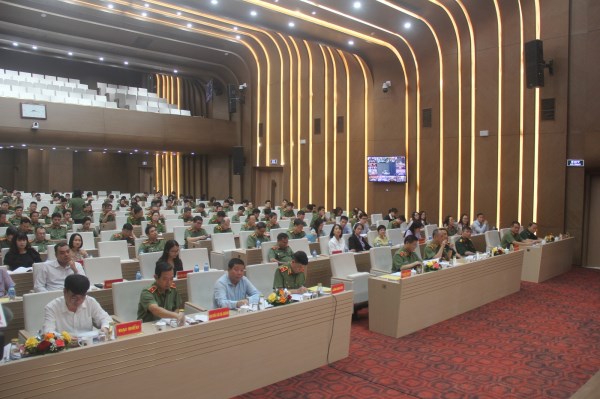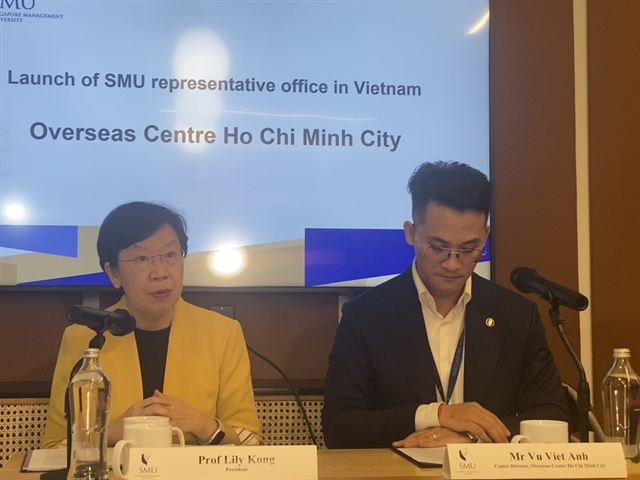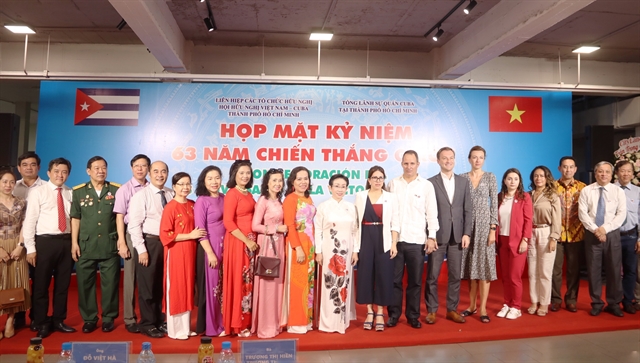 Economy
Economy

Nations all around the world are scrambling to get their children back to some semblance of normality, so they can catch up on all the learning lost to forced school closures.

|
| Brian Spence |
Brian Spence *
One of the great tangential tragedies arising from the COVID-19 pandemic is its deleterious impact on some children’s education. Nations all around the world are scrambling to get their children back to some semblance of normality, so they can catch up on all the learning lost to forced school closures. Often, they are also pondering the glaring gap between institutions the crisis has exposed.
Reading reports from back home, it seems that a chasm has opened up between private schools and some of the state sector. While the former has adapted extremely well to online learning, the latter seems to have let many children down. Full timetables of live digital teaching stand in stark contrast to children who have often had very little teacher contact in recent months.
Technological capabilities are of course a big part of the picture, but so too is the commercial imperative private schools are working under. Competition is fierce and so these schools know they have to go on delivering despite the circumstances. Indeed, many have really taken this as their time to shine. As a result, growing numbers of parents are seeing that investing in premium education for their children is well worth it.
Aspirational growth
Turning closer to home, we hear that some of Việt Nam’s international bilingual schools have been experiencing a tough time. Uncertainty in the lives of parents naturally means enrolment has taken a dip and hit the finances of schools. But those able to survive this downturn are set to really thrive.
The onward march of globalisation has seen international schools flourish around the world, their number growing fourfold to 10,883 between the millennium and last year, according to ISC Research. The number of schools in the pipeline meant that a further almost-doubling of the number of schools, students and staff was predicted by 2029.
In the short term, we probably are looking at muted international mobility – although if one were thinking of relocating, Việt Nam’s near-perfect record in handling the pandemic would make it an excellent candidate. But even if the expat market does weaken, the best international schools are still well-positioned for growth.
The reason, of course, is domestic demand. Just as in the West, parents in Việt Nam are keener than ever to invest in top-quality schooling, even quite modest levels of wealth.
Domestic demand
Experts agree that a large proportion of international schools’ growth is driven by locals today as parents increasingly recognise the manifold benefits of this approach.
Southeast Asia is a particular growth hotspot for international schools, particularly in countries with growing middle class and high net worth populations – like Việt Nam. The resulting competition is having a virtuous circle effect, raising still further already very high standards in offerings and attainment. The academic and extracurricular excellence on show really is a joy to see.
Our financial planning service is often focused around investing for private schooling at a bilingual English-Vietnamese school (and then university fees, potentially at an international institution). This may not be cheap, but parents rightly see the value of globally recognised qualifications and bilingualism in the world’s 'lingua franca' of the business world as a key building block in their children’s financial security.
Indeed, having a reliable route into world-famous universities is almost invaluable, and hard-working Vietnamese students are most welcome anywhere. Advising on this front is another of our fast-growing specialities - and one of the most rewarding.
Thinking big
From the conversations I’ve been having, Vietnamese parents are clearly thinking big when it comes to their children’s education and prospects. But they aren’t necessarily spending as big as you might think. Locals tend to be more price-sensitive (not to mention able to ‘shop around’) and so can exert considerable downward pressure on fees.
This makes the international school sector a very exciting one, but also one that needs to rapidly evolve to prevailing trends. We could see a lot more M&A as institutions seek economies of scale and we foresee the emergence of some highly sophisticated – and highly profitable –organisations as a result.
More than anything, we expect to see education continuing to be one of our most important investment themes. For both business tycoons and parents alike, education is being seen as a chance to create real, long-term value. This is one story I particularly like espousing, so please do get in touch if high-value education is a topic close to your heart.
* Brian Spence is managing partner of S&P Investments. He has over 35 years of experience in the UK financial services industry as an investment manager, financial planner and M&A specialist. He is a regular contributor to the UK financial press and has a deep understanding of the financial services community. Brian’s column will reflect on all the challenges and opportunities within the Vietnamese market, bringing a fresh perspective to today’s hottest issues. The columnist’s email address is brian@sandpinvestments.com.









